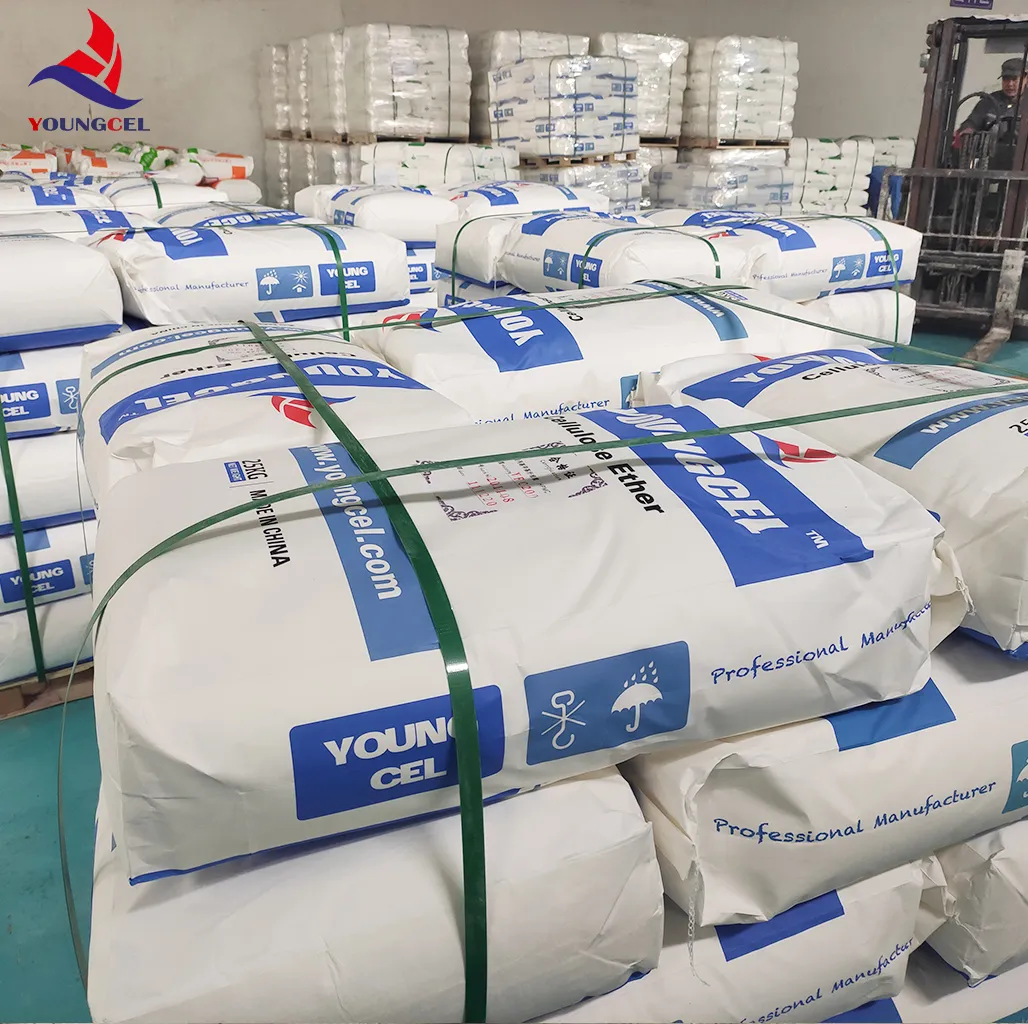The Role of Chemical Auxiliary Agents in Modern Manufacturing
Chemical auxiliary agents play a pivotal role in various industrial processes, enhancing the efficiency and effectiveness of manufacturing operations. These substances, which include surfactants, catalysts, dispersants, and stabilizers, are used to modify the properties of primary materials and facilitate specific reactions during production. Their importance spans multiple industries, including textiles, plastics, coatings, and food processing, making them indispensable in modern manufacturing.
Definition and Types
Chemical auxiliary agents are substances added to a formulation to improve its performance characteristics or facilitate processing. They do not constitute the primary product but enhance its quality, functionality, or stability. The main types of chemical auxiliaries include
1. Surfactants These are compounds that lower the surface tension between two substances, such as oil and water. Surfactants are widely used in detergents, emulsifiers, and stabilizers to improve solubility and dispersion, leading to more effective cleaning and formulation processes.
2. Catalysts Catalysts accelerate chemical reactions without being consumed in the process. They are critical in the production of plastics, polymers, and various chemicals. For instance, in the manufacture of polyethylene, catalysts significantly reduce the energy required and increase the yield of the desired product.
3. Dispersants Commonly used in paints, inks, and coatings, dispersants help in the uniform distribution of solids in liquids. They prevent aggregation and sedimentation, ensuring that products maintain their desired appearance and performance over time.
4. Stabilizers These agents enhance the stability of products by preventing undesirable reactions, such as oxidation or photodegradation. In food processing, stabilizers help maintain texture and flavor, while in plastics, they prolong the material's lifespan under various environmental conditions.
chemical auxiliary agent

Applications Across Industries
The versatility and adaptability of chemical auxiliary agents make them applicable in many sectors
. In the textile industry, for instance, surfactants are essential in dyeing processes, ensuring even distribution of dyes on fabrics and preventing the formation of spots or streaks. In the food industry, emulsifiers play a critical role in maintaining the texture and appearance of products like mayonnaise and salad dressings, ensuring that oil and water remain blended.In the construction sector, chemical auxiliaries are utilized in concrete formulations to enhance workability, strength, and durability. Admixtures, which are a type of chemical auxiliary, help improve bonding properties and resistance to weathering, making structures more resilient.
Environmental Impact and Safety
While chemical auxiliary agents are crucial to many manufacturing processes, their environmental impact cannot be ignored. Some synthetic auxiliaries may pose risks to human health and the environment if not managed properly. Industries are increasingly aware of the need to replace harmful substances with safer, more sustainable alternatives. Biodegradable surfactants and eco-friendly dispersants are gaining popularity as companies strive to reduce their ecological footprint.
Additionally, strict regulatory frameworks govern the use and disposal of chemical auxiliaries to mitigate their impact on public health and the environment. This has led to increased research and development focused on creating safer alternatives, enhancing the sustainability of manufacturing practices.
Conclusion
Chemical auxiliary agents are vital components of modern manufacturing processes, enhancing product quality and efficiency across various industries. Their diverse applications demonstrate not only their importance but also the need for responsible stewardship regarding their use. As industries continue to innovate and adapt to environmental challenges, the development of safer, more sustainable chemical auxiliaries will play a crucial role in shaping the future of manufacturing. Embracing these changes will not only improve product performance but also contribute to a healthier planet.
-
The Application and Significance of Construction RdpNewsMay.19,2025
-
Industrial Grade HpmcNewsMay.19,2025
-
Building Coating Adhesive Building Coating Adhesive HpmcNewsMay.19,2025
-
Application Of Hpmc For Detergent For Detergent In DetergentsNewsMay.19,2025
-
Application Of Hpmc Cellulose In Cement-Based MaterialsNewsMay.19,2025
-
Application Of High Quality Hpmc For Construction In The Field Of ConstructionNewsMay.19,2025




